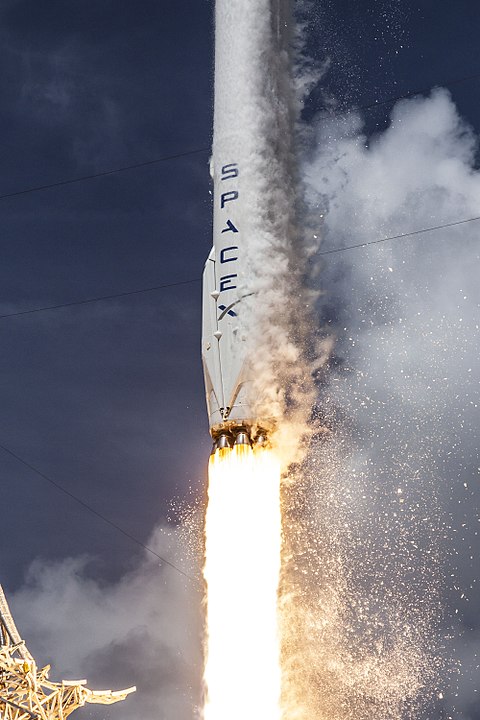Introduction

Rockets use chemical reactions to lift them into space. SpaceX has several rocket systems, but the Merlin system that powers to Falcon-9 makes use of liquid oxygen (LOX) and Rocket Propellant-1 (RP1), a petroleum product that is a variant of kerosene. The rapid formation of gaseous products and the release of energy from the reaction produce the thrust that lifts the rocket. The scale of the reaction is immense-but the system also must be tightly controlled in order to launch safely.
The chemical reactions producing the roar of the engines are dramatic, but many other, less-exciting chemical reactions also occur in front of us almost every day. The browning of a slice of toast, the rusting of a shovel, and the hardening of a coat of paint on the wall are all examples of more mundane, but very real, chemical reactions.
Chemical reactions are a fundamental part of chemistry and our lives.
